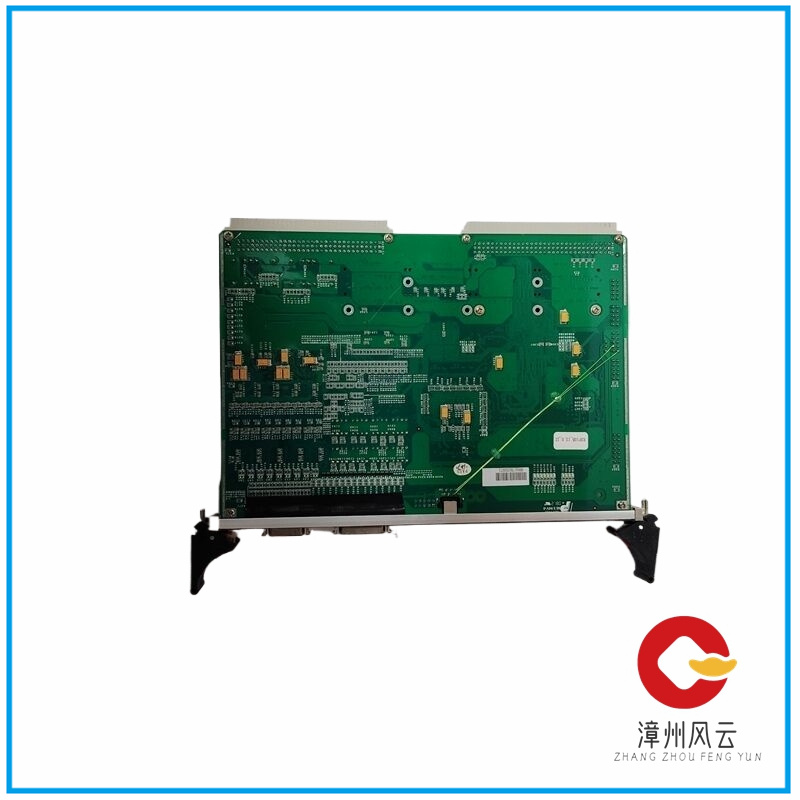With the continuous development of distributed control system manufacturers, their original products and solutions are no longer as attractive as before due to intellectual property attributes, costs, and lack of technical support. As a result, users are seeking better alternative strategies. Many “hybrid” DCS platforms and advanced process controllers are launching an offensive in the market, replacing outdated and integrated DCS systems with easier to manage and more cost-effective independent devices.

At present, you can choose to upgrade I/O separately, upgrade processors separately, or upgrade HMI separately. Of course, you can also upgrade a combination of the above items without dismantling all old systems and creating a new one. Perhaps this can reduce the time and cost of actual installation at each stage of DCS upgrade.
Reasonable planning, clear definition of project team responsibilities, and successful testing are crucial for the smooth progress of DCS migration projects.
More manageable
I/O migration can be achieved through the upgrading of I/O structures and devices, which can fully utilize existing terminals without affecting or requiring reconnection to the field wiring. Many manufacturers provide I/O cards and terminals with simple “add on” upgrades, which are connected to the original processor through a backplane or existing communication. No or minimal software upgrades are required, and there are very few installation requirements for on-site junction boxes.
Due to the fact that I/O modules and devices are purchased from OEM manufacturers, unless there is a shortage of products or the OEM manufacturer no longer exists, this upgrade is generally not the most difficult to solve.
Although it is common to replace processor units during I/O migration, this is not necessary. Some manufacturers provide processor upgrades that can communicate with existing I/O devices, even if these I/Os are provided by other manufacturers, there is no problem.
The software services required for upgrading vary greatly, ranging from upgrading automatic control programs (usually requiring some manual verification and adjustment) to completely rewriting control programs. Experienced system integrators can determine appropriate methods to complete upgrade tasks.
Processor upgrades may require simultaneous HMI upgrades, as the new processor may have different communication protocols, labels, and HMI function block naming conventions. Typical DCS communication protocols are proprietary and serial communication (such as Modbus), but generally do not include any recent (past 20 years) emerging protocols such as fieldbus or various Ethernet protocols.
Most factories seek to make some degree of improvement to the current system. From a control perspective, DCS performs very well in handling control loops and other control activities, but the existing DCS tools are not very outstanding in other aspects, such as advanced data mining and production intelligence, as well as data acquisition and analysis. Tools that excel in performing these tasks typically run on open architectures (such as Windows) and require strong connectivity to SCADA/HMI, I/O servers, or databases.
The most typical DCS installation includes adding controllers, such as various PLCs and single loop devices, which are currently connected very little or even no to the DCS system. This creates a problem: HMI will not be able to monitor certain areas of the factory, so these areas may become blind spots. This requires other HMI products to view this data.
Some DCS manufacturers no longer exist, or their products have been discontinued for many years. In this situation, users often rely on third-party electrical maintenance vendors, even eBay, to purchase the parts that need to be replaced. Software upgrades are not actually necessary or even necessary procurement items, but support for these products does vary.
Most HMI screens left over from DCS are based on two-dimensional vector graphics. In today’s world where high-resolution, real-time animation, and video games are prevalent, these ancient HMI systems truly demonstrate their ancient and outdated technologies. Although most operators are accustomed to these flat, black and white interfaces, high-resolution graphics systems can provide more information, improve their comprehensive analysis ability, and do not result in providing too much information.
Establish a reasonable plan
Firstly, like any other migration phase, we must first define and develop a true migration plan. For both users and manufacturers, simply developing a bidding document or cost estimation bidding table cannot fully determine the required scope of work, and may also result in unpredictable costs or risks.
In the process of utilizing these new technologies, a common mistake is to “copy” or “imitate” existing HMI functions, rather than considering the technological advancements brought about by the most advanced HMI/SCADA products. Identifying these requirements and categorizing them as “must have”, “best to have”, and “consider in the future” not only defines the scope and priority of the upgrade, but also allows users to discover what waste is present in what their current system is doing, and which features are rarely used or even never used.
At the same time, users need to record which requirements cannot be met by the existing HMI products of the system. Understand existing new products, their technologies, and database structures to achieve desired goals and achieve success. Working closely with software manufacturers and system integrators who have used these products can help develop the best development and installation strategies.
Check the current network of the factory and evaluate if there is sufficient bandwidth to meet the requirements of the upgraded SCADA system. Backward or slower hardware devices should be replaced. The system needs to be configured with sufficient connectivity, which may require additional switches and routers, as well as upgrading network cabling using copper cables or fiber optics, or using wireless networks. If possible, conduct a feasibility study on using Ethernet instead of serial communication.